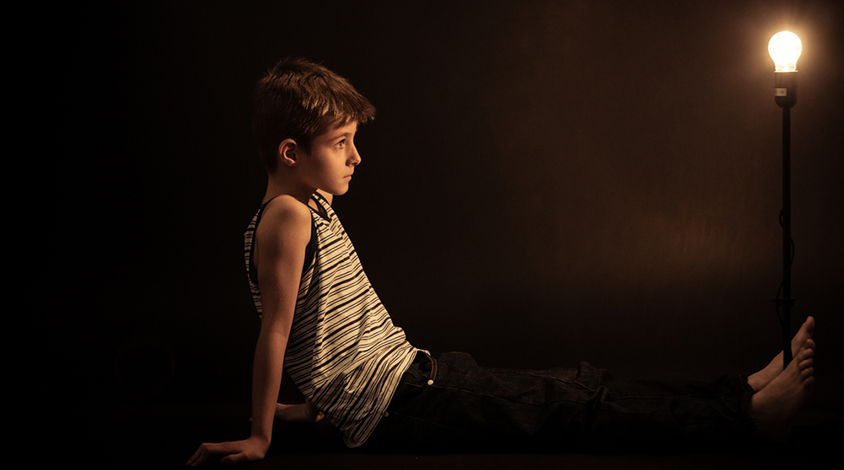
© shutterstock.com / Jan H. Andersen
THIS ARTICLE IS MORE THAN FIVE YEARS OLD
This article is more than five years old. Autism research — and science in general — is constantly evolving, so older articles may contain information or theories that have been reevaluated since their original publication date.
A detailed analysis of the behavior of 6,500 children suggests that five types of autism-related behaviors lumped together in current diagnostic guidelines should each be considered separately, researchers reported today at the 2016 International Meeting for Autism Research in Baltimore.
Children with autism must show difficulties with social communication and at least two of four types of repetitive and restricted behavior, according to the latest edition of the autism diagnostic manual, the DSM-5. These behaviors — repetitive movements, insistence on sameness, restricted interests and sensory sensitivities — emerge early in toddlerhood and are among the strongest predictors of autism.
A fifth behavior, sensory interests, refers to an unusual fascination with lights or ceiling fans. This behavior is currently tucked into the category of sensory sensitivities, but the new findings suggest it deserves a category of its own.
“The DSM-5 lumps together sensory sensitivities and sensory interests, and I think those are two separate things,” says lead researcher Thomas Frazier, director of research at the Cleveland Clinic’s Center for Autism in Ohio, who presented the findings. “We need to revise our measures to become better at capturing the full range of these symptoms.”
To back up his theory, Frazier and his colleagues analyzed parent-reported autism behaviors in two large databases. They compiled scores on the Social Responsiveness Scale and Repetitive Behavior Scale-Revised from the Simons Simplex Collection, which includes 2,600 children with autism as well as their unaffected parents and siblings. (This research project is funded by the Simons Foundation, Spectrum’s parent organization.)
They also gathered information from the Social Responsiveness Scale and Social Communication Questionnaire for 3,907 children enrolled in the Interactive Autism Network, an online database of children with autism and their siblings.
Each item on the questionnaires corresponds to one of the five behavior types. The researchers sorted the scores and then ran a statistical analysis to parse the overlaps among the five types. They analyzed the data from the SSC and IAN separately to see how the two populations compare.
Complex web:
The analysis unveiled a network of interactions between the behaviors, suggesting that they work together to produce the restricted and repetitive behaviors seen in people with autism. However, none of the five behaviors clusters with any of the others, suggesting that they are too different to be combined as the DSM-5 combines them.
“We should treat them as five separate things instead of four or two,” Frazier says. “Future diagnostic criteria should separate sensory sensitivities and sensory interests, then see if that makes us more accurate at identifying people with autism.”
The researchers plan to repeat the analysis in other large datasets to see if their findings hold true.
“I’ve seen patients that have restricted interests and sensory sensitivities but have a borderline need for sameness,” Frazier says. “So if those are really separate and we can identify them more clearly, we might be able to come up with algorithms to more accurately diagnose people with autism.”
These algorithms could also be integrated into mobile apps to guide remote diagnosis. Or, Frazier says, they could help inform the next edition of the diagnostic manual.
“It could mean that when we revise our diagnostic measures, we do it more clearly according to the actual structure of autism, as opposed to what people thought that structure was 20 years ago,” says Frazier.
For more reports from the 2016 International Meeting for Autism Research, please click here.
By joining the discussion, you agree to our privacy policy.